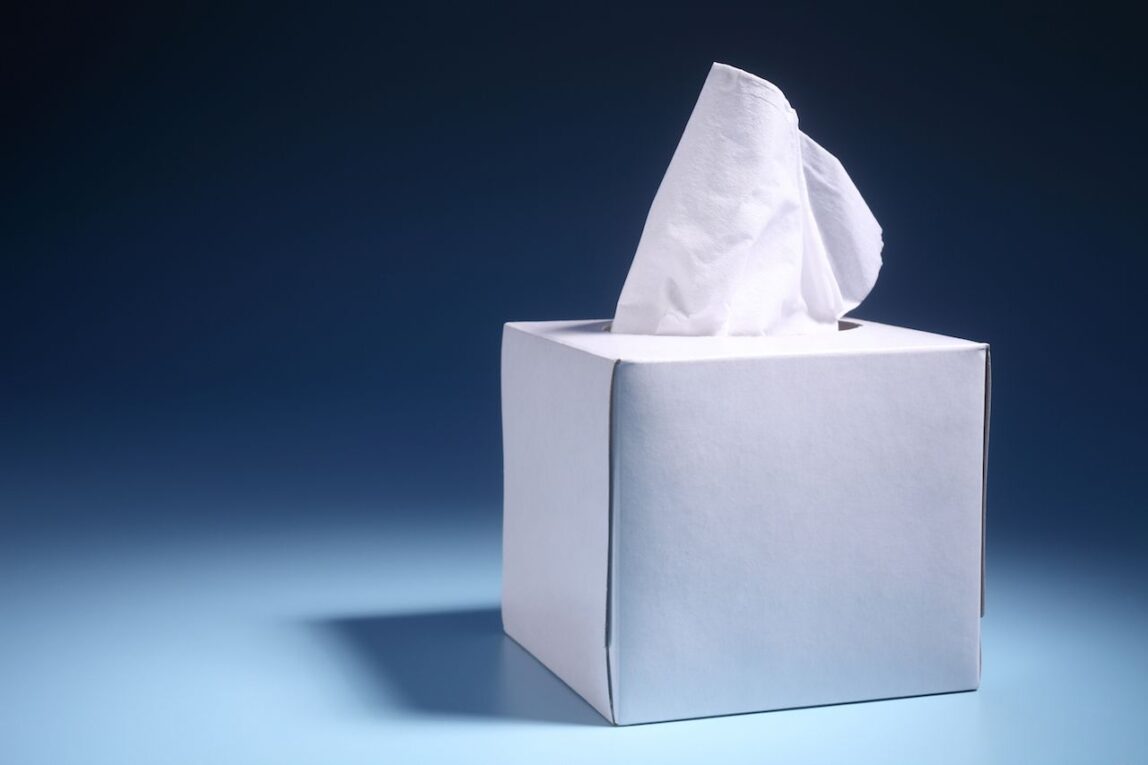Composition and manufacturing of facial tissues
Facial tissues are thin sheets of absorbent paper or nonwoven fabric used for wiping or blowing the nose. The most common materials used in facial tissue manufacturing include wood pulp and polyester fibers. Wood pulp is usually derived from trees such as northern birch, southern pine and eucalyptus. These trees are specially grown and harvested to produce the long, soft wood fibers ideal for making tissues.
The wood pulp goes through multiple steps of refining and bleaching before being formed into a continuous tissue sheet using a paper-making process. In some premium tissues, polyester fibers may be added to the pulp slurry to enhance bulk, softness and strength. Once dried, the tissue sheet is embossed with patterns and perforated into individual tissues. Many tissues are also scented using essential oils and fragrances during manufacturing.
The Facial Tissues sheets are packaged using automated machinery into boxes, wallet packs, pocket packs and other convenient formats for end consumers. Some key considerations during packaging include sheet count, box size, graphics and ensuring absorbency and strength is maintained throughout the product shelf life. Overall, facial tissues require a capital intensive production process but allow manufacturers to produce high volumes of low-cost yet essential products for daily usage.
Usage and benefits of facial tissues
Facial tissues are one of the most widely used health and hygiene products globally. On an average, an individual uses around 2-3 facial tissues daily for purposes like:
– Blowing nose – Tissues help to wipe and remove mucus and fluid from the nasal cavity during common colds, flu, allergies and other respiratory illnesses. This prevents the spread of germs when sneezing or coughing.
– Removing makeup – Facial tissues gently wipe away all traces of makeup, dirt and impurities from the face. This helps to cleanse and refresh the skin.
– Cleaning cuts and wounds – The soft, absorbent nature of tissues makes them suitable for lightly cleaning cuts, grazes and other minor wounds. This prevents infection.
– Absorbing spills – Tissues can effectively soak up small liquid spills and prevent slip hazards. They are commonly used in cars, homes, restaurants and other public areas.
– General cleaning – Beyond personal hygiene and first-aid, tissues also find usage in dusting, polishing, wiping surfaces and other miscellaneous cleaning tasks.
Thus, tissues provide an affordable and convenient way to meet many health, hygiene and cleaning needs throughout the day. Their widespread adoption has made tissues an indispensable part of daily living globally.
Variations and innovations in facial tissues
Over the years, tissue manufacturers have introduced various format innovations and product enhancements to cater to evolving consumer needs:
Pocket packs – These are smaller, credit card sized packets containing 1-2 tissues for true on-the-go portability. Pocket packs are ideal for carrying in wallets, bags or even pockets.
Multi-ply tissues – Featuring 2-3 tissue sheets bonded together, multi-ply tissues are thicker, stronger and more absorbent. This provides better wiping performance.
Scented tissues – Infused with pleasant essential oils and fragrances like eucalyptus, lavender, lemon grass etc, scented tissues help cover unpleasant smells and provide a refreshing experience.
moist tissues – Imbibed with hydrating lotions, moist tissues gently cleanse the skin without over-drying or irritation. They are suitable for babies and those with sensitive skin.
Antibacterial tissues – Containing antibacterial agents like triclosan, these specialized tissues provide an extra layer of protection against germs.
Recycled tissues – Manufactured using recycled waste paper, these eco-friendly tissues help reduce deforestation for tissue production. However, their performance may be inferior to virgin pulp tissues.
Premium v. bargain tissues – While expensive premium tissues focus on softness, bulk and strength; cheaper bargain brands emphasize value over attributes. Both have their place in the market.
Such choices allow consumers to select the right tissue type depending on specific usage scenarios, budgets and personal preferences. The Facial Tissue category continues to evolve in line with modern lifestyles.
Tissue packaging innovations and design trends
As vital as the tissues themselves are their packages – which need to protect product quality while effectively communicating the brand image and value proposition. Here are some key packaging innovations adopted by tissue manufacturers:
Re-sealable packages – Pouches and boxes with adhesive or peelable strips allow partial tissue pulls without exposure to air, maintaining freshness.
Stand-out graphics – Vibrant colours, illustrations and distinct slogans showcase brand personality and benefits memorably on shelf.
Family pack formats – Larger multipacks containing 2-3 regular packages prove economical for families.
Long tissue pulls – Packaging tissue stacks in piles of 10-12 instead of folding enables trouble-free one-handed pulls.
Sustainable materials – FSC certified paperboards, plastic from renewable resources indicate environmental responsibility.
Easy-carry wallets/pouches – Eliminate need for opening boxes via tissues sealed together in wallet-like soft packs.
Informative tags – Quick tips on germ-fighting, hygienic usage boost user education alongside product promotion.
Such packaging developments ably complement tissues, supporting the overall consumer experience and brand recognition. Clever packaging helps drive penetration in the highly contested tissue category.
*Note:
1. Source: Coherent Market Insights, Public sources, Desk research
2. We have leveraged AI tools to mine information and compile it

